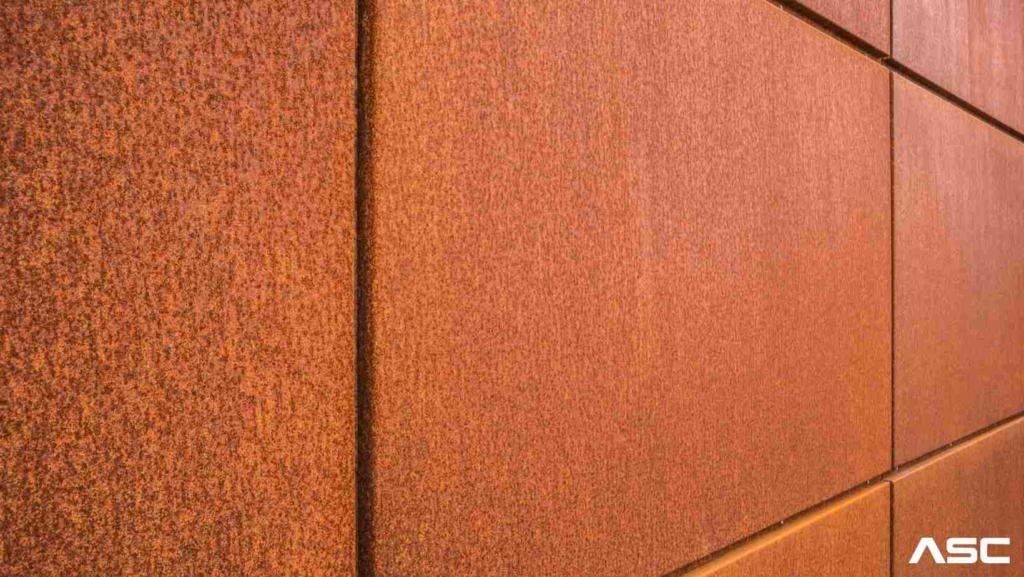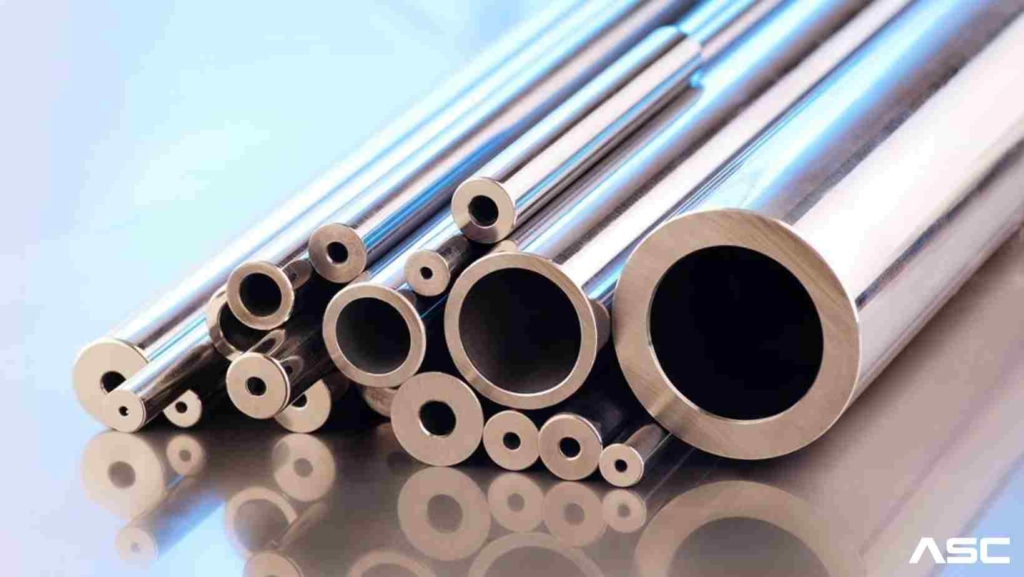Corten steel tanks are used for a variety of purposes, including making jewelry and other items. They are also very strong, durable, and can be used in a variety of applications. The steel used in a Corten tank is generally hard and resistant to damage. It will not dissolve if subjected to temperature extremes or harsh chemicals, and it can withstand pressure very well. The steel used in a Corten tank will not rust when exposed to water, so it can be cleaned with soap and water – just don’t use bleach or any other harsh detergents.

The advantage of using a Corten steel tank is that it is very affordable and easy to use, so they are perfect for beginners and experienced jewelry crafters alike. They can be easily cleaned in water – just make sure to dry them right after use before storing them away again. The steel will not rust if you store it in a wooden box, so it will stay looking nice and shiny as long as you don’t overdo it. Embroidery hoops are used to create intricate designs in your projects. Most of the time, this type of hoop is made from stainless steel because the metal is resistant to corrosion and plasticizers.

Corten steel tanks are the most popular steel tank in the world. It is used in many industries, including nuclear power plants and oil refineries. Corten steel tanks are used most in the aerospace industry. The open-paneled design allows easy access to machinery but has a tendency to warp with high temperatures. The closed-paneled version is more resistant to warping and offers greater heat resistance, and is used more often.
The closed-paneled version of Corten steel tanks is further assisted by thick walls, which help to reduce heat transfer from the sides of the tank to the working area. While a Corten steel tank will still bend if subjected to extreme stress, a closed-paneled steel tank that has been subject to severe bending will not warp due to heat.
The fact is that most XPS needs to be repaired, not bent, and this is why closed-paneled steel tanks are used when it comes to x-ray equipment. As with all materials, the durability of Corten steel tanks can be affected by the environment they are exposed to.
Weathering Steel

Corten steel or weathering steel is a special type of steel plate that is weather resistant. Cortensteeltube.com manufactures and supplies various types of weather-resistant steel, including Weathering Steel A Plate. When exposed to the atmosphere, the material forms a patina, which is an oxide layer.
Oxide coatings act as anticorrosive coatings on the surface of Corrosion Resistant Plates to prevent corrosion. This material is used in a variety of applications where oxidation occurs frequently. In chimneys, tubular bridges, containers, tanks, corten facades, and other long-lasting applications, the once-formed oxide layer of the Corrosion Resistant Steel Sheet does not corrode. In their composition, Corten Plates contain carbon, silicon, manganese, phosphorus, sulfur, chromium, copper, and nickel. Corten A plates have a slightly different composition than other grades. Different grades have different strengths. The minimum yield strength of the plates is 355MPa, and the minimum tensile strength is 470 to 630MPa.
Corrosion Resistance Steel
One of the most important building materials in construction is corrosion-resistant steel. Many buildings and structures use it, including bridges, dams, and skyscrapers. Automobiles and aircraft also use it. In saltwater environments, steel performs poorly. Steel and concrete are both corroded by marine salts.

At sea level, steel will corrode if exposed to seawater for an extended period of time. Corrosion-resistant steel (CR) is a special alloy used to protect steel from corrosion. CR improves steel’s durability, even though it is expensive and requires additional processing.
Corrosion Resistant Steel (CR) is an alloy used in a variety of construction materials to enhance their life expectancy by reducing corrosion caused by marine salts. It was invented in 1971 by Dr. Gerald W . P. Lane, a scientist at the University of Michigan’s School of Chemical Engineering. The name CR is derived from corrosion resistant/resistance.
Due to its similarity to compound carbon steel, CR is a high strength, extremely low fatigue life in contact with wet seawater, and exceptionally good resistance to corrosion.









Leave A Comment